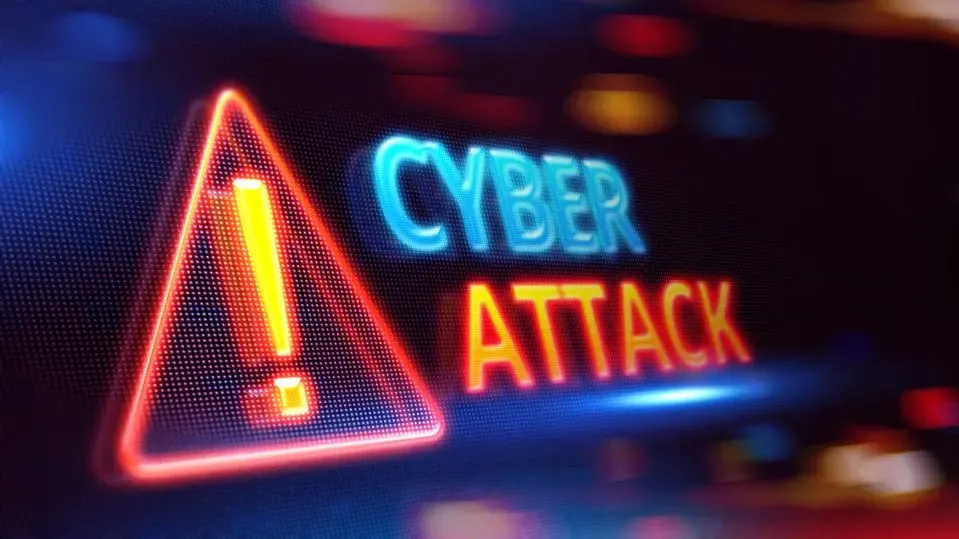
Cyber attacks have become an increasingly menacing threat in our interconnected world. With the advent of technology, we have gained incredible opportunities for communication, collaboration, and access to information.
However, this digital revolution has also brought about a dark side, where malicious actors lurk in the shadows, ready to exploit vulnerabilities and wreak havoc on individuals, businesses, and even nations.
This article aims to shed light on the terrifying reality of cyber attacks, the different types that exist, and most importantly, how you can defend yourself against them.
The Growing Threat of Cyber Attacks
With each passing day, the threat of cyber attacks continues to grow. The interconnectedness of our world and our increasing reliance on technology have provided fertile ground for cybercriminals to exploit vulnerabilities. From individuals to multinational corporations, no one is immune to the reach of these attackers.
Types of Cyber Attacks
1. Malware Attacks
Malware, short for malicious software, is a common weapon used by cybercriminals to infiltrate systems and wreak havoc. This includes viruses, worms, ransomware, and spyware. Malware can be disguised as innocent-looking files or emails, making it challenging to detect and avoid.
2. Phishing Attacks
Phishing attacks involve tricking individuals into revealing sensitive information, such as passwords and credit card details, by posing as a trustworthy entity. These attacks often come in the form of emails or websites that mimic legitimate sources, fooling unsuspecting victims into divulging their confidential data.
3. DDoS Attacks
Distributed Denial of Service (DDoS) attacks aim to disrupt the normal functioning of a website or online service by overwhelming it with an excessive amount of traffic. This flood of requests makes the target inaccessible to legitimate users, causing inconvenience and financial losses.
The Terrifying Consequences
The consequences of cyber attacks can be truly terrifying, both on an individual and organizational level. Let's explore some of the most significant repercussions:
1. Financial Losses
Cyber attacks can result in substantial financial losses. Individuals can fall victim to identity theft, leading to unauthorized transactions and drained bank accounts. Businesses may face ransom demands, extortion attempts, or the theft of valuable intellectual property, resulting in significant monetary damages.
2. Identity Theft
One of the most chilling consequences of cyber attacks is identity theft. Cybercriminals can gain access to personal information, such as social security numbers and addresses, and use it for fraudulent activities.
Victims of identity theft often face a long and arduous process of reclaiming their stolen identity.
3. Data Breaches
Data breaches have become alarmingly common in recent years. These breaches involve unauthorized access to sensitive data, including personal and financial information.
The compromised data can be sold on the black market or used for various nefarious purposes, leaving individuals and organizations vulnerable to further attacks.
Defending Against Cyber Attacks
While the threat of cyber attacks is real and formidable, there are several proactive steps you can take to defend yourself:
1. Update Software and Systems
Regularly updating your software and systems is crucial in staying protected. Developers constantly release patches and security updates to address vulnerabilities that cybercriminals may exploit.
By keeping your software up to date, you minimize the risk of falling victim to known attacks.
2. Use Strong Passwords
Creating strong, unique passwords for all your online accounts is essential. A strong password should be long, incorporate a mix of upper and lowercase letters, numbers, and special characters.
Avoid using easily guessable information, such as your name or birthdate, and consider using a password manager to securely store your passwords.
3. Be Wary of Suspicious Emails
Exercise caution when dealing with emails from unfamiliar sources or containing suspicious links or attachments. These could be phishing attempts trying to trick you into divulging sensitive information.
Verify the authenticity of the sender and carefully scrutinize the content before taking any action.
4. Employ Multi-Factor Authentication
Enable multi-factor authentication whenever possible. This adds an extra layer of security by requiring users to provide multiple forms of identification, such as a password and a unique verification code sent to their mobile device.
Even if cybercriminals manage to obtain your password, they would still need the additional verification step to gain access.
5. Backup Data Regularly
Regularly backing up your data is crucial in case of a successful cyber attack. By having an offline or cloud backup, you can restore your files and minimize the impact of a potential data breach or ransomware attack.
Remember to store your backups securely and test the restoration process periodically.
Seeking Professional Help
In some cases, cyber attacks may be too complex or sophisticated to handle on your own. It is essential to seek professional help from cybersecurity experts. These professionals can conduct assessments, implement robust security measures, and provide guidance on how to fortify your digital defenses effectively.
Conclusion
As technology advances, so do the threats lurking in the digital realm. Cyber attacks have become a terrifying reality, with severe consequences for individuals and organizations alike. By understanding the different types of cyber attacks and implementing robust defense measures, you can safeguard yourself against these malevolent acts.
Stay vigilant, keep your systems up to date, and remember that prevention is the key to protecting yourself in the ever-evolving landscape of cyber threats.



